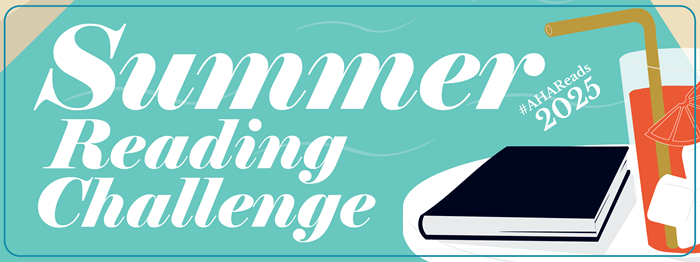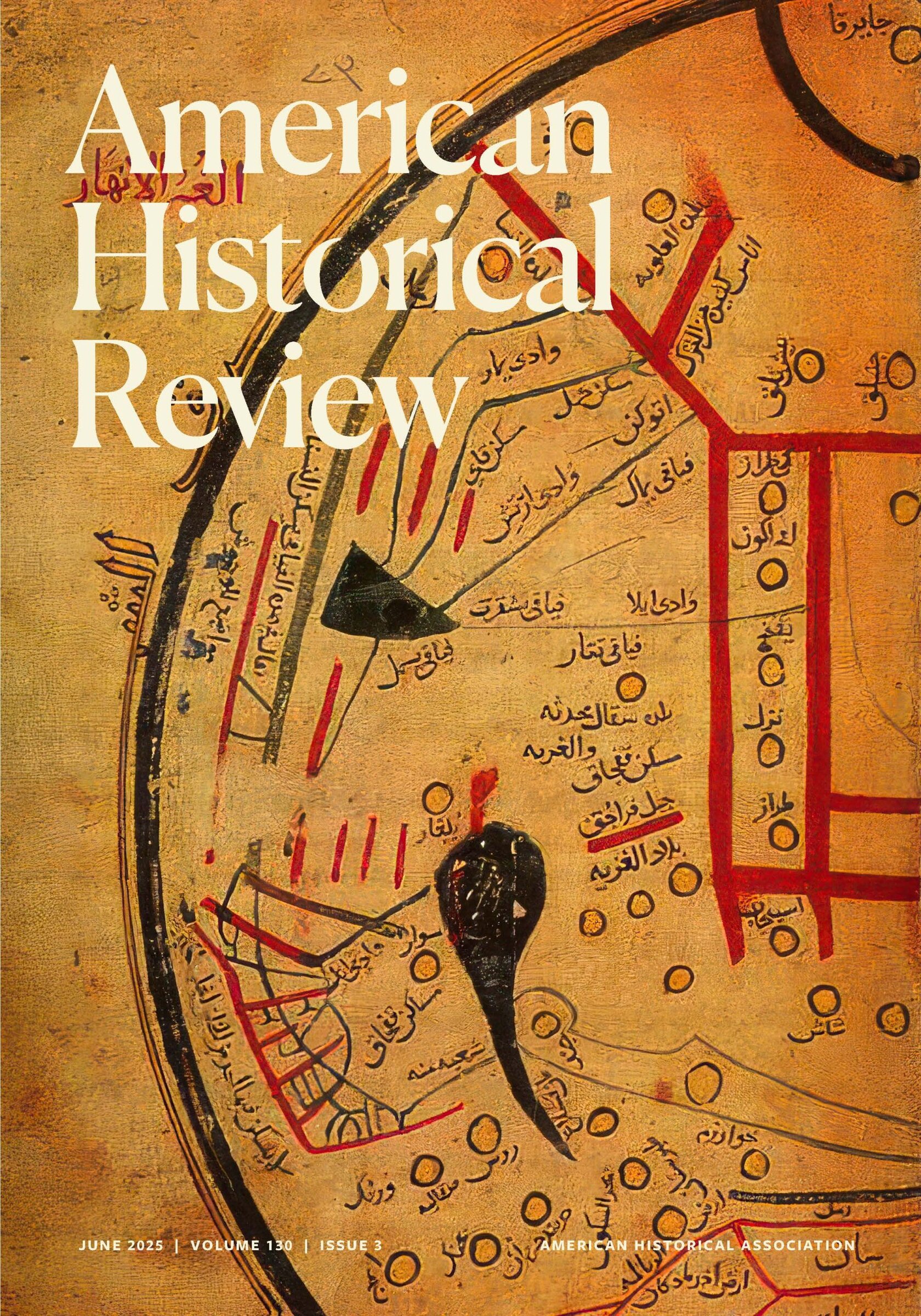Faculty at two-year colleges currently teach about one-half of all students enrolled in introductory history courses in the United States. However, only 181 of these historians are currently members of the American Historical Association. The significance of this gap can be measured both by the sense of isolation from the profession felt by historians at two-year colleges and by the cost of this lost connection for the historical profession as a whole. To help remedy the situation, the AHA plans to increase the involvement of historians at two-year colleges in the activities of the Association at the same time that it expands its support for introductory course instruction. Courses for first- and second-year students represent the major teaching activity for historians at community colleges—as well as for those at many four-year colleges and Universities. The AHA’s effort to facilitate collaboration among historians in different teaching settings includes initiatives to promote networking across institutional lines and other activities, such as publicity about the benefits of AHA membership. Many historians at two-year colleges are not aware of the current range of AHA activities because they completed their graduate education several decades ago or because they did not learn about the AHA in the course of their master’s degree programs.
The plans I describe in this article are the culmination of work that the AHA Teaching Division began in 1994 with a survey of the interests and concerns of historians at two-year colleges. This survey was followed by a series of face-to-face meetings, including informal discussions during receptions for two-year college faculty at recent AHA annual meetings. Last November Sandria Freitag, the AHA executive director, and I (I’m the AHA Council member assigned to the Teaching Division) held two formal sessions with historians during the national conference of the Community College Humanities Association. In addition, the AHA has worked with a committee from the Organization of American Historians (OAR), which is conducting a parallel effort for the OAR This collaboration ensures a coordinated effort; it is also important because many of the planners involved in these activities are members of both the AHA and the OAB. Our discussions revealed why there are so few historians at two-year colleges who belong to the AHA: community-college historians feel that they are an anomaly within the profession because their college administrators often regard scholarship as antithetical to teaching. Furthermore, many of them believe that the AHA has little interest in the teaching of survey courses.
Based on advice from community-college faculty, the AHA has decided against establishing a special “section” of the Association for historians at two-year colleges. They are not “junior” historians because they teach at institutions that were once widely labeled junior colleges. What they do—teach introductory history courses—is an activity shared by many historians across the profession in a variety of institutional settings. The value of this activity is or should be a concern for all historians; a separate membership category would obscure this point.
The interest of the AHA in historians at two-year colleges is more than missionary. The current status of historical study requires that the organization represent the academic concerns of all teaching historians in the same way that it has long spoken for the interests of historians involved in research for publication. Indeed, current definitions of teaching and publishing emphasize the activities common to both teachers and researchers. Moreover, the pressure on students to major in fields directly related to employment opportunities has helped to reduce history enrollments at all but the most elite colleges. And although there are published reports suggesting that many employers are beginning to recognize that studying the liberal arts enhances the ability of people to think analytically, this message has not yet reached most students, and the decision of “major” is still closely tied to career choice.
Because of the growing role of community colleges in higher education, many juniors and seniors decide on the value of history as a major solely on the basis of their community-college experience. Fortunately, although historians at two-year colleges labor in isolation from the rest of the profession, the quality of their teaching is often innovative, thorough, and exciting for students. (This fact is also good news for graduate students seeking job opportunities in an era of downsizing.) Finally, because introductory courses in history represent one of the primary contact points between the history profession and the general public—and because more and more of this contact takes place in community colleges—it’s vital to support community-college teaching.
In recognition of this fact, the AHA is launching several major efforts that will connect historians in two-year colleges with the Association and use their experience in teaching survey courses for the good of the profession. First, as I mentioned above, the AHA is expanding its interest in teaching survey courses. As the academy faces ever more pressing problems posed by downsizing and increasing enrollment, the effectiveness of survey courses will become ever more central to the teaching of history at all levels. An AHA project on introductory courses in history, developed under the auspices of the Teaching Division, will benefit the historical profession in a variety of ways. The survey project will bring together historians at all levels—high school, community college, and university interested in the challenges of teaching the world history survey and the United Slates survey in a global context. It will also help spread ideas about effective teaching by expanding on the discussions that have taken place in the Teaching Innovations column of Perspectives.
Initially, a working group established to organize the project will invite teachers who use different approaches to the survey and active-learning techniques to share their experience electronically. It’s clear that faculty in all institutions face increasing challenges in fostering active learning while conducting classes with large enrollments. Based on the issues that emerge from the electronic discussions, a workshop will be organized to address strategies and models to make surveys more effective ways to reach large numbers of students.
In addition to emphasizing the importance of teaching, the AHA survey project will explore the establishment of standards of “good teaching practice.” These standards could spell out the preconditions for and the characteristics of good history instruction t including factors such as the importance of working with primary and secondary sources and of developing students’ ability to think historically and to present their ideas in writing. These standards, once reviewed and endorsed by the AHA Council, will provide guidelines with which to evaluate history instruction.
There are other important shared professional issues related to the survey course. Budgetary restrictions at public colleges are causing many administrators and boards to look more and more favorably on the use of part-time instruction and toward televised instruction (either telecourses or “distance learning”). The desire for quantitative measures of quality instruction is prompting some states to look to objective testing as an inexpensive way for the public to measure the value added by instruction to the skills and knowledge of students. The AHA needs to be able to help historians address these trends and sort out developments that may be truly helpful in the study of history from those that may undermine historical study. In this regard, historians at community colleges will find the AHA’s efforts especially beneficial because many community colleges do not traditionally look to their faculty for advice curriculum and evaluation issues. Administrators, as well as large segments of the general population, often regard history (along with many other fields of study) as bodies of data to be transferred into student minds by the least expensive method possible. Support for this approach seems to be spreading to public four-year colleges. In any case, the development of more and more state-level blanket-transfer agreements between community college and state university systems means that any reduction of the quality of historical study will affect four-year colleges even if they can successfully fend off direct attempts to reshape the definition of historical study by mandating instructional and testing methods.
The second major initiative has to do with the world history survey in particular. The AHA is planning to address the general lack of expertise in world history as well as the lack of instructional materials to do the job effectively. The intellectual purposes to be served by this project include the reinforcement of the innovative thinking currently under way about how to frame and present history within a global context, and the extension of discussions among community-college and four-year faculty on the structuring and teaching of survey courses. The AHA is exploring the development of a CD-ROM containing a wide range of resources in world history—documents, maps, pictures, film clips—that will present a choice of narrative lines (focused, alternatively, on such connecting threads as environmental history, history of the state and civil society, and the like) and be hyperlinked through key events and developments that can be treated globally. The narrative lines will incorporate debates and varying points of view and will be supplemented by primary source materials. A broad invitation to participate has been circulated to AHA affiliated societies and other interested individuals. Fund-raising for the project has begun, and a first planning meeting is tentatively scheduled for mid-July 1996.
The third major initiative of the AHA, which will be undertaken in partnership with the OAH, is the development of an informational guide on community-college teaching, including a directory of historians at two-year colleges. The guide will be given to all historians listed in it as well as to all departments of history participating in the AHA’s Institutional Services Program. This publication will help history departments, either two year or four year, to identify historians at two-year colleges who are active in the profession with the hope that these people will be included in faculty activities at other colleges in their area. It will also provide helpful information for graduate students interested in career opportunities at community colleges. The value of the guide will reach beyond professional reciprocity when area historians collaborate across institutional boundaries to address common concerns related to scholarship and its dissemination in classrooms and publications. Although some of this activity can be accomplished through participation in H-Net groups, access to the Internet is still far from universal.
The publication will also contain information about the community-college work setting. This information should be valuable for four-year college and university faculties and their graduate students. In addition to names and addresses, the guide will contain the results of both the AHA and the OAH surveys of community college faculty and a group of articles from historians at two-year colleges that have appeared in the OAH council of chairs Newsletter (December 1994) and in various issues of Perspectives. Both the AHA and the OAH will include material on the value of membership in their organizations, along with discussions of the activities of members who teach at two-year colleges. For graduate students, the material will represent a primer on community-college teaching and a list of area historians with firsthand experience teaching at two-year colleges.
Other activities will augment this general initiative toward cOlU1ecting with historians at two-year colleges. In addition to announcing these efforts to historians, both the AHA and the OAH will publicize the activities and their importance to community college audiences, including presidents and governing boards. The Association needs to work with the American Association of Community Colleges, an organization revolving around the administrative concerns of community-college presidents, to promote support for standards of classroom practice in history and the value of scholarship for strengthening teaching, and to stress the contributions to the classroom that can be made by doctoral-level historians. This latter point is important because many community colleges regard the master’s degree as a teaching degree in contrast to the “research” orientation of the Ph.D. The valuable contribution of master’s-level historians to the quality of community-college programs cannot be overstated, but the false distinction between teaching and publishing conceals the necessity that both activities be informed by scholarship. Possession of a Ph.D. enhances rather than diminishes the classroom value of teachers—we need to encourage community colleges to be more receptive to them.
The AHA will also seek wider, formal contacts with groups representing historians in community colleges. The Community College Humanities Association has long emphasized the importance of scholarship for community-college faculty and has a good support network of college presidents. That organization is currently considering becoming an affiliate of the AHA; this action would enable it to hold sessions during the AHA meeting and enable both Associations to reach wider audiences.
These efforts underscore a basic truth: as an umbrella organization for professional historians, the American Historical Association and its members are concerned with the full range of issues that affect historical study in the United States. Although the AHA publishes the premier journal of the history profession, the American Historical Review, the Association is more than the Review. Membership fees support good research and teaching through prizes, promote open access to archival collections, help finance the presentation of the concerns of historians before Congress, and provide a forum for the exchange of ideas on intellectual and professional issues through the pages of Perspectives and at the annual meeting. Soon the AHA will add statements on the conditions necessary for effective teaching in the classroom to serve as a litmus test for evaluating new approaches to teaching and to define the criteria that must be accommodated when colleges refocus their energies as a result of downsizing.
Part of the task of the AHA is to recognize, value, and support all of the different activities of the community of historians. At the same time, the association needs to bridge gaps within the profession that artificially divide and diminish the work of historians. The separation between historians at two-year colleges and the rest of the profession is one such gap. The effort to focus on introductory courses and to involve historians in two-year colleges in this effort will only strengthen the profession.
David Trask teaches introductory courses in United States history and Western civilization at Guilford Technical Community College, in Jamestown, North Carolina. A recipient of a Ph.D. in American history from the University of Nebraska at Lincoln, her research interests are in late 19th-century American history. He is a member of the AHA Council and is its representative to the AHA Teaching Division.


